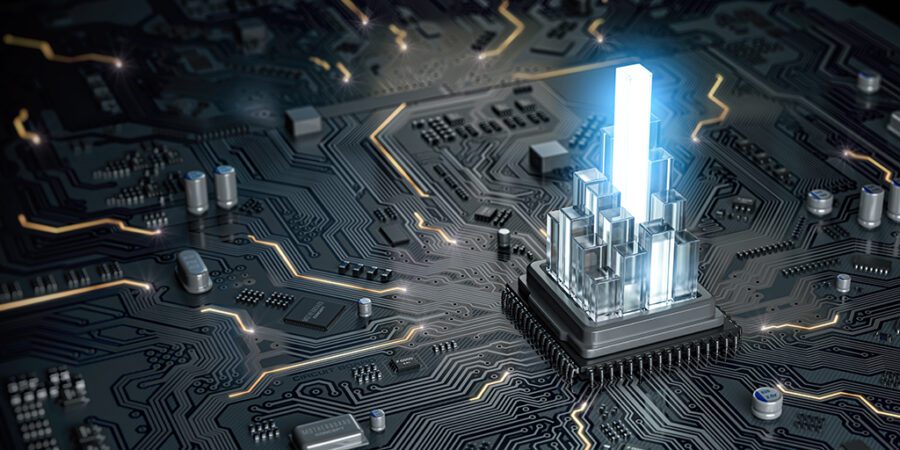
The need of a highly functional and fast processing Central Processing Unit (CPU) in today’s world is not just mostly desired, but also mostly required due to the rapid digitalization across the globe. Whether you work on a personal computer (PC) unit or laptop, the necessity of a highly advanced processor is indispensable.
This is because a processor is responsible for interpreting input provided by the user (through hardware) and creating outputs through its programs and software which the user receives. To make sure this continuous chain or cycle of action occurs smoothly, you need to invest in a good processor.
The two most relevant processors that top the list are Intel (Integrated Electronics) and AMD (Advanced Micro Devices). In this article, you will get to learn a comparative analysis of both the competing brands which will help you decide which one is better suited for you.
Price and value:
This is one of the most important and foremost criteria explored by users. However, you should remember that choosing a low price and value processor is not the goal here. You have to choose the one with a lower price but a higher value (in terms of performance or quality).
Intel undoubtedly offers you a wider range of series with an improved modern platform at a lower price compared with AMD. However, despite the expensive range of AMD, it offers truly efficient performance. Hence, if budget is not the criteria, you can opt for AMD.
Performance:
If you have this question in mind—Intel vs AMD – Which Is the Better Option In 2022? Then there is a simple way to determine this. For an unbiased judgment and choosing the most efficient processor, you should look into the broad criteria of performance, particularly. The performance of a processor can be judged on the basis of the following three nature of work.
- Editing
If you solely focus on editing, AMD and Intel have outstanding progress reports and reputations. Both the processors are equally capable of extensive photo and video editing using Photoshop to do multiple projects at once.
- Gaming
Gaming requires high-end processing and the ability to undertake multiple programs quickly. In this case, AMD lags behind Intel. Even though Intel is ruling the market currently in this aspect, AMD is too close with its AMD Ryzen series.
- Streaming
Due to its multi-core application, AMD series have much better performance in streaming. Similar to Intel in the case of gaming, AMD is surely dominating the market for streamers.
Power Consumption:
The recent and improved Ryzen series of AMD can be up to 2x more power-efficient than the 11th Gen series of Intel. Besides, AMD’s processors have a better battery life than Intel’s.
Conclusion
Due to the global digital boom, it does not get said or emphasized enough—how important is the role of a powerful processor. While many flourishing brands are now surfacing the digital markets, given the history of AMD and Intel in this field, it is very difficult for a new brand to sustain and gain the massive customer support as these two. They can seem promising; however, one should stick to the widely renowned and well-reputed brands.
